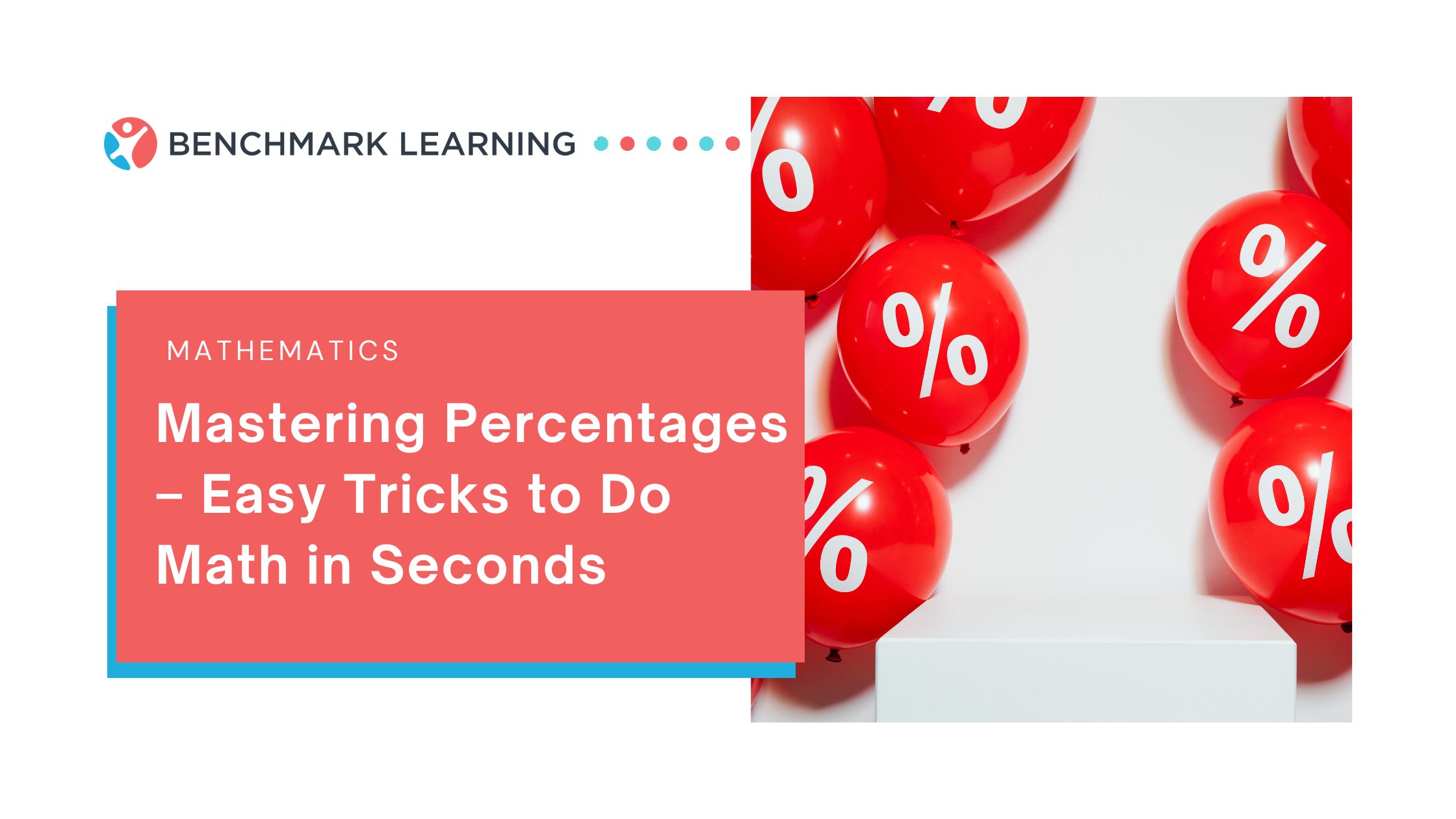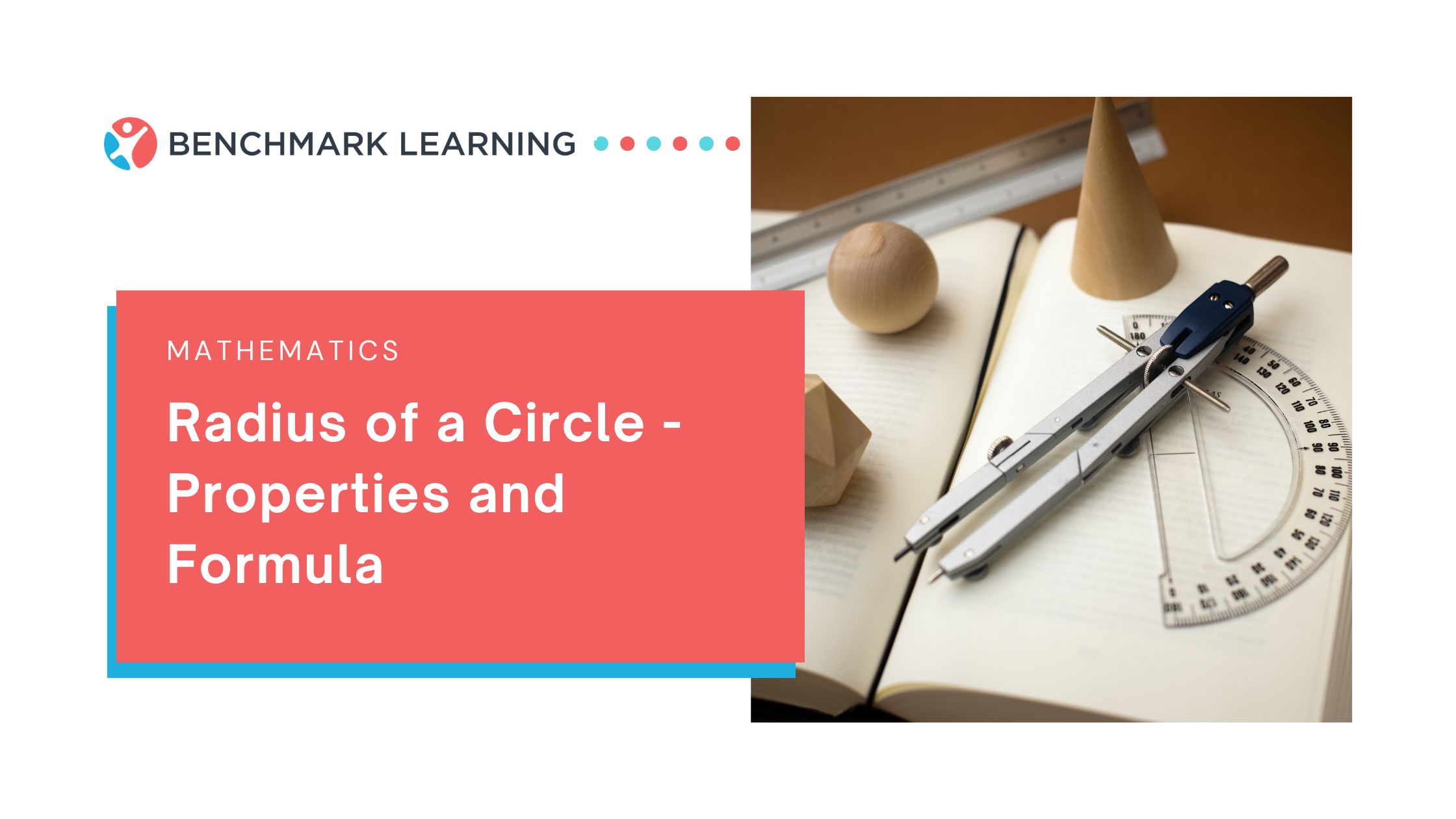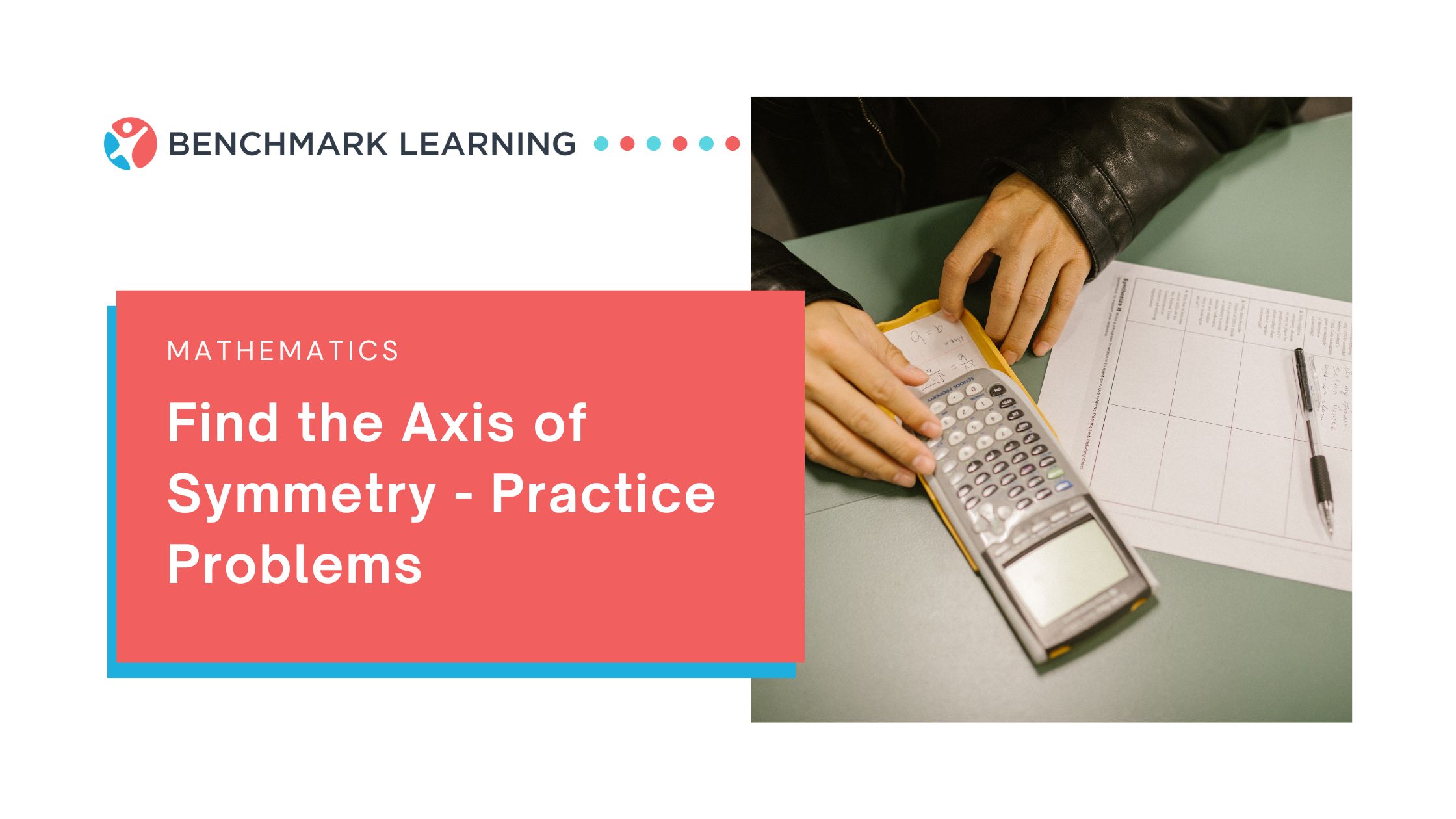Guide to the New Digital SAT Exam (2025) - Format, Structure, & Test Prep
The SAT has been a key part of college admissions in the U.S. since 1926. For decades, students filled in bubbles with pencils on paper. That has changed. Since March 2024, the SAT has gone fully digital.
This shift is a big deal. Over 4,000 colleges and universities consider SAT scores when reviewing applications. The College Board, the group that runs the SAT, says the new digital format will be easier to take, faster to grade, and more secure. Students will now take the test on a laptop or tablet using the Bluebook App, which is the official testing platform. This change affects millions of students in the U.S. and around the world who are planning for college.
New Digital SAT Format & Structure
The SAT, or Scholastic Assessment Test, is a standardized exam administered by the College Board to assess a student’s readiness for college. It evaluates core skills in reading, writing, and math. As of March 2024, the SAT in the United States has officially transitioned to a fully digital format. The new test is shorter, smarter, and more focused.
It is divided into two main sections: Evidence-Based Reading and Writing, and Math. Each section contains two modules, with a 10-minute break provided between the two. The table below outlines the details of the new Digital SAT format.
| Section | Time | No. of Questions | Details |
|---|---|---|---|
| Reading & Writing | 64 minutes | 54 | Grammar, vocabulary, comprehension, and editing |
| Math | 70 minutes | 44 | Algebra, problem solving, geometry, and data analysis |
| Total | 2 hrs 14 min | 98 |
Old SAT vs. Digital SAT
Here’s a quick overview comparing the old SAT format to the new digital SAT.
| Old SAT | Digital SAT | |
|---|---|---|
| Mode of Administration | On Paper | Online via the Bluebook App |
| Duration | 3 hrs | 2 hrs 14 min |
| Test Mode | Non-Adaptive (every student receives the same set of questions) | Adaptive Testing (students receive different sets of questions in the second module based on their performance in the first) |
| Score Range | 400 - 1600 | 400 - 1600 |
| Reading Section | 10 to 11 questions for each 750-word passage | Each module has one question per 150-word passage |
| Math Section | Limited access to the calculator in a single section | Calculator is allowed throughout the entire math section |
Understanding the Components of the Digital SAT
Reading & Writing
The Reading & Writing section of the Digital SAT includes 54 multiple-choice questions to be completed in 64 minutes. It features short passages (about 100–150 words each), with one question following each passage. The content consists of a variety of topics, including literature, social studies, science, and the humanities. This section is divided into two modules: one focused on reading, and the other on writing.
Skills Assessed:
- Command of evidence
- Vocabulary in context
- Grammar, punctuation, and sentence structure
- Rhetorical effectiveness (tone, organization, transitions)
Math
The Math section of the Digital SAT includes 44 questions to be completed in 70 minutes. It features two question types: multiple choice and student-produced responses (grid-ins). All questions are calculator-friendly and designed to assess your problem-solving and analytical skills.
Skills Covered:
- Algebra (linear equations and inequalities)
- Advanced Math (functions and quadratics)
- Problem-Solving & Data Analysis (ratios, percentages, data interpretation)
- Geometry and basic trigonometry
Scoring Range
Even though the format is new, the scoring system stays the same. You’ll still get a total score between 400 and 1600.
- There is no penalty for wrong answers.
- Scores include percentile ranks for easy comparison with other students.
| Section | Score Range |
|---|---|
| Reading & Writing | 200 - 800 |
| Math | 200 - 800 |
| Total Score | 400 - 1600 |
SAT Dates and Registration
The SAT will be offered several times a year, just like before. Here are the key things to know:
- Test dates are available through June 2026. You can find the full list on the College Board website.
- All students must register online via the College Board portal, so be sure to note the SAT registration deadline for each test date.
- The cost is $60 for students in the U.S. International students may pay more.
- Fee waivers are available for students who qualify. This helps make the test more accessible.
Here are the upcoming SAT test schedule and registration deadlines to keep in mind.
| SAT Test Date | Registration Deadline |
|---|---|
| August 23, 2025 | August 8, 2025 |
| October 4, 2025 | September 19, 2025 |
| November 8, 2025 | October 24, 2025 |
| December 6, 2025 | November 21, 2025 |
| March 14, 2026 | Feb 27, 2026 |
| May 2, 2026 | April 17, 2026 |
| June 6, 2026 | May 22, 2026 |
SAT Acceptance
Universities around the world rely on the SAT to assess a student’s readiness for college-level coursework. More than 4,000 colleges and universities in the United States and institutions in over 85 countries consider SAT scores as part of their admissions process.
Countries and institutions that accept the SAT include:
- Canada – University of Toronto, McGill University
- United Kingdom – King’s College London, University of Edinburgh
- Australia, Singapore, and select universities across Europe
Each university sets its own SAT requirements and policies, so be sure to visit individual school websites for the most accurate and up-to-date information.
How to Prepare for the Digital SAT
| Timeline | Action Plan |
|---|---|
| 5-6 months before | Enroll in SAT prep classes to build core skills |
| 3-4 months before | Answer SAT practice exams under timed conditions |
| 1-2 months before | Review answers, identify mistakes, and improve weak areas |
| Final month | Take SAT mock tests |
Tips to Ace the SAT Exam
1. Simulate real test conditions with SAT practice tests online.
Take official SAT practice tests under timed conditions to assess your pacing and get used to the digital format.
2. Build a strong SAT vocabulary.
Keep a vocabulary journal and focus on root words, academic language, and context clues. This helps you tackle reading and writing questions with confidence.
3. Learn from your mistakes.
Don’t just check if you got an answer wrong—analyze why. Reviewing incorrect answers mindfully helps you recognize patterns and avoid repeated errors.
4. Improve pacing with regular SAT mock tests
Time management is crucial. Use SAT mock exams to sharpen your pacing strategy, identify slow spots, and develop a steady test rhythm.
Impact and Implications
For Students and Educators
The switch to a fully digital SAT means students need to change how they study. Knowing how to use the testing app, manage time on a screen, and stay focused without paper are now must-have skills. Practicing on a computer isn’t optional anymore—it’s the new normal.
Tutors and teachers also need to update their lesson plans. Many old strategies for the paper test won’t work the same way. SAT prep courses must now include digital tools, online practice tests, and lessons on how adaptive testing works.
What to Expect Going Forward
Students should expect more online practice tools and digital test prep options. Adaptive learning platforms will play a bigger role in helping students target their weak spots. Colleges may also look at SAT scores differently, especially as the test format changes how students perform.
Starting early is key. Students should use online SAT practice tests and take digital mock exams to build confidence. Signing up for a digital SAT study course can also help students get used to the new format.
This change is big, but with the right tools and early prep, students can still succeed.
Key Takeaway
The switch to a fully digital SAT means students need to change how they study. Knowing how to use the testing app, manage time on a screen, and stay focused without paper are now must-have skills. Practicing on a computer isn’t optional anymore—it’s the new normal
Tutors and teachers also need to update their lesson plans. Many old strategies for the paper test won’t work the same way. SAT prep courses must now include digital tools, online practice tests, and lessons on how adaptive testing works.
Students should expect more online practice tools and digital test prep options. Adaptive learning platforms will play a bigger role in helping students target their weak spots. Colleges may also look at SAT scores differently, especially as the test format changes how students perform.
Starting early is key. Students should use online SAT practice tests and take digital mock exams to build confidence. Signing up for a digital SAT study course can also help students get used to the new format.
This change is big, but with the right tools and early prep, students can still succeed. At Benchmark Learning, we offer expert-led SAT preparation courses to help you feel ready and confident on test day.
Post Author

Recent Posts







.jpg)





.png)



%20-%20Thumbnail.png)
.png)

